Tucked into Central Europe, Slovakia is a land of medieval castles, rugged mountains, and centuries-old folk traditions. Once part of the Kingdom of Hungary and later Czechoslovakia, Slovakia became independent in 1993, embracing its unique Slavic heritage. The country blends Austro-Hungarian influences with its own resilient identity, seen in architecture, festivals, and local customs. From Gothic churches to UNESCO-listed wooden villages, hearty cuisine, and vibrant music and dance, Slovak culture celebrates history and modern life. The High Tatras, rolling hills, and rivers shape daily life while offering outdoor adventures and scenic beauty year-round. Whether you’re exploring bustling cities or peaceful villages, Slovakia invites travelers to uncover its hidden gems and rich traditions.
- See: Bratislava Old Town – Wander cobblestone streets, pastel buildings, and the hilltop castle overlooking the Danube.
- Eat: Bryndzové halušky – Potato dumplings with sheep cheese and bacon, Slovakia’s national dish.
- Drink: Slovak wines – Especially whites from the Small Carpathians and sweet Tokaj wines from the southeast.
Regions
- Bratislava Region – The capital city along the Danube, known for its lively Old Town, Bratislava Castle, and nearby vineyards. It also offers easy access to Austria and Hungary.
- Košice Region – Slovakia’s second-largest city, Košice, features Gothic architecture, street cafés, and cultural festivals. The region also has wine cellars and historic castles.
- Trnava Region – Nicknamed “Little Rome” for its many churches, this flat, fertile region also has vineyards and charming historic towns.
- Nitra Region – One of Slovakia’s oldest cultural areas, full of medieval castles, Romanesque churches, and longstanding farming traditions.
- Trenčín Region – Known for Trenčín Castle above the Váh River, mineral springs, and spa towns. It blends history with gentle Carpathian landscapes.
- Žilina Region – Home to the Malá Fatra mountains, ski resorts, and wooden folk villages showcasing traditional Slovak culture.
- Banská Bystrica Region – The largest region, with mining heritage in Banská Štiavnica, hiking and skiing in the Low Tatras, and many castles.
- Prešov Region – Ideal for nature lovers, with the High Tatras, medieval towns like Bardejov, wooden churches, and eastern vineyards.
The Same
The Family’s connection to Slovakia went beyond typical tourism. Before having kids, they visited relatives who still live there. This allowed them to see the country through the eyes of a local. With a cousin as their guide, they explored hidden corners, traditional villages, and authentic Slovak culture.
By contrast, the DINKs had a whirlwind experience. With just 24 hours in Bratislava, they packed in as much as possible. They strolled the Old Town, climbed to the castle, and sampled local food and drink. This brief visit gave them a taste of Slovakia and inspired plans for a longer trip.
Together, these experiences highlight both the depth and variety Slovakia offers visitors.
Bratislava:
Bratislava, Slovakia’s capital, sits along the Danube where Slovakia meets Austria and Hungary. It is one of Europe’s most accessible crossroads. Once a coronation city for Hungarian kings, it now blends history with modern energy. Cobblestoned streets wind past pastel Baroque buildings, lively squares, and cozy cafés. Hilltop Bratislava Castle watches over the city.
With its compact Old Town, thriving food and wine scene, and vibrant cultural festivals, Bratislava feels both welcoming and cosmopolitan. It is the perfect gateway to exploring Slovakia.
Next, we’ll explore the highlights and experiences this city offers visitors.
Bratislava’s Old Town
Exploring Bratislava’s Old Town is like stepping back in time, with charming cobblestone streets, historic buildings, and centuries-old landmarks.
- Bratislava Castle: Perched on a hill above the Danube, Bratislava Castle is an iconic city symbol. Built in the 9th century, it now houses exhibitions on Slovak history. At night, it glows beautifully as a beacon over the Old Town.
- Old Town Hall: In the heart of the Old Town, this Gothic building dates back to the 14th century. It houses the Bratislava City Museum, featuring interactive exhibits on local history.
- Maximilian’s Fountain: Located in Hlavné námestie (Main Square), this Renaissance-era fountain was built in the early 16th century. Its intricate sculptures depict Slovak history and mythology.
- Primate’s Palace: A neoclassical building serving as the mayor’s seat, Primate’s Palace features the Hall of Mirrors, adorned with chandeliers and frescoes by Johann Lucas Kracker.
- Michael’s Gate: The only remaining medieval gate in the city walls, Michael’s Gate dates to the late 14th century. Its green copper roof offers panoramic Old Town views.
- St. Martin’s Cathedral: This Gothic church has symbolized Bratislava for centuries. Admire the spire, carvings, and stained glass, and explore the crypt of Hungarian royalty.
- St. Elizabeth’s Church (Blue Church): Known for its sky-blue Art Nouveau façade, the Blue Church is ornate inside and out, making it extremely photogenic.
- Statues: Look for Schöne Náci, a cheerful bronze gentleman, and Cumil, a quirky figure peering from a manhole, both beloved by locals.
Slovak Cuisine:
Indulge in traditional Slovak cuisine, which reflects the country’s agricultural heritage and influences from neighboring countries. Sample hearty dishes such as bryndzové halušky (potato dumplings with sheep cheese), kapustnica (sauerkraut soup), and štrúdľa (strudel) for dessert.
- Bryndzové halušky – Slovakia’s national dish: potato dumplings topped with tangy sheep cheese and crispy bacon. We have heard mixed reviews here, but we loved it.
- Kapustnica – Hearty cabbage soup often made with smoked meat, sausage, and mushrooms; a holiday favorite.
- Lokše – Thin potato pancakes, served savory with duck or goose, or sweet with poppy seeds or jam.
- Segedínsky guláš – Pork goulash with sauerkraut and sour cream, a warming Central European classic.
- Pirohy – Dumplings stuffed with cheese, potatoes, or fruit, usually topped with butter and cream.
- Vyprážaný syr – Deep-fried cheese, often served with tartar sauce and fries; a beloved comfort food.
- Zemiakové placky – Crispy potato pancakes, enjoyed plain or with sour cream and garlic.
- Trdelník – Sweet chimney cake baked on a spit, dusted with sugar and cinnamon (popular in festive markets).
- Slovak wines & Tokaj – Local vineyards produce refreshing whites and full-bodied reds, with Tokaj wines especially prized.
- Borovička – A juniper-flavored spirit, similar to gin, often enjoyed as a traditional toast.
The Family
My mother-in-law’s family is from Eastern Europe. With relatives still living there, visiting felt too special to pass up. When the opportunity arose, we decided to tag along. The trip blended family connections with exploration. We gained an authentic glimpse of Slovakia, seeing its culture and landscapes beyond the typical tourist path. This perspective set the stage for discovering both historic landmarks and hidden local gems throughout the country.
High Tatras:
Explore the High Tatras, a northern Slovak mountain range with breathtaking scenery and pristine lakes. Enjoy hiking, skiing, or mountain biking in the peaks and valleys. Don’t miss Strbske Pleso, a picturesque lake surrounded by towering mountains.
We took the gondola to the top of the High Tatras, ready to explore the trails.
The ride offered clear views of the surrounding peaks and valleys as we ascended. At the summit, the air was crisp, and the landscape stretched out in every direction. We followed marked paths, taking in small alpine lakes, rocky outcrops, and patches of forest. The scenery was striking, with mountains rising sharply above the valleys below. From up there, we could see how the trails we planned would wind through the terrain.
Summary
Slovakia may not always be the first country that comes to mind for a European trip. That’s exactly what makes it so rewarding to explore. From the cobblestoned charm of Bratislava to the soaring peaks of the High Tatras, Slovakia offers a mix of natural beauty and cultural richness. Hearty comfort food, centuries-old castles, and historic churches show how tradition and modern life blend seamlessly.
For the Family, it was a chance to reconnect with heritage and see the country through local eyes. For the DINKs, even a whirlwind stop in Bratislava sparked curiosity to return and explore more. Whether you seek cultural landmarks, natural scenery, or the slower pace of small towns, Slovakia proves that hidden gems in Europe often shine the brightest.
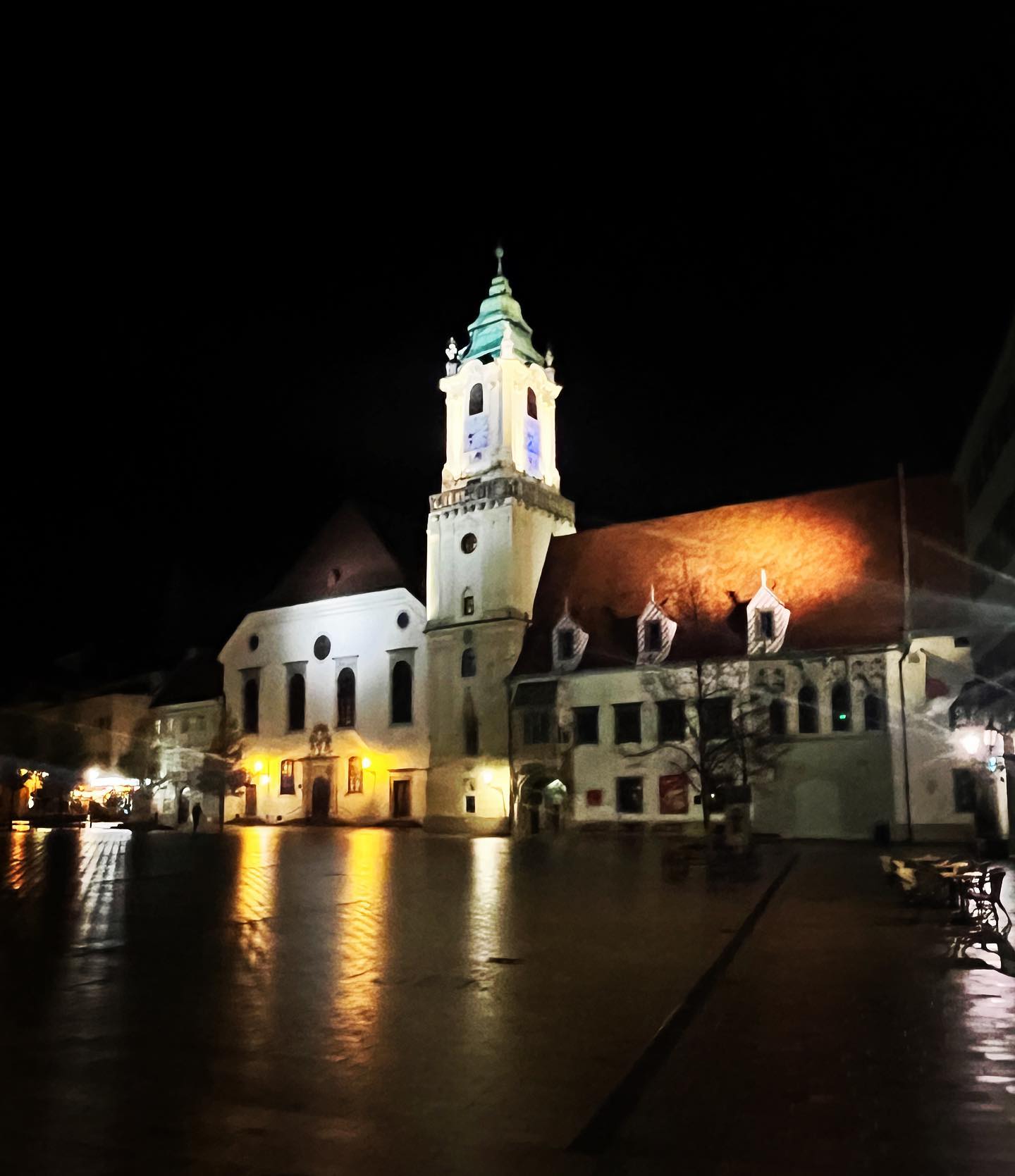
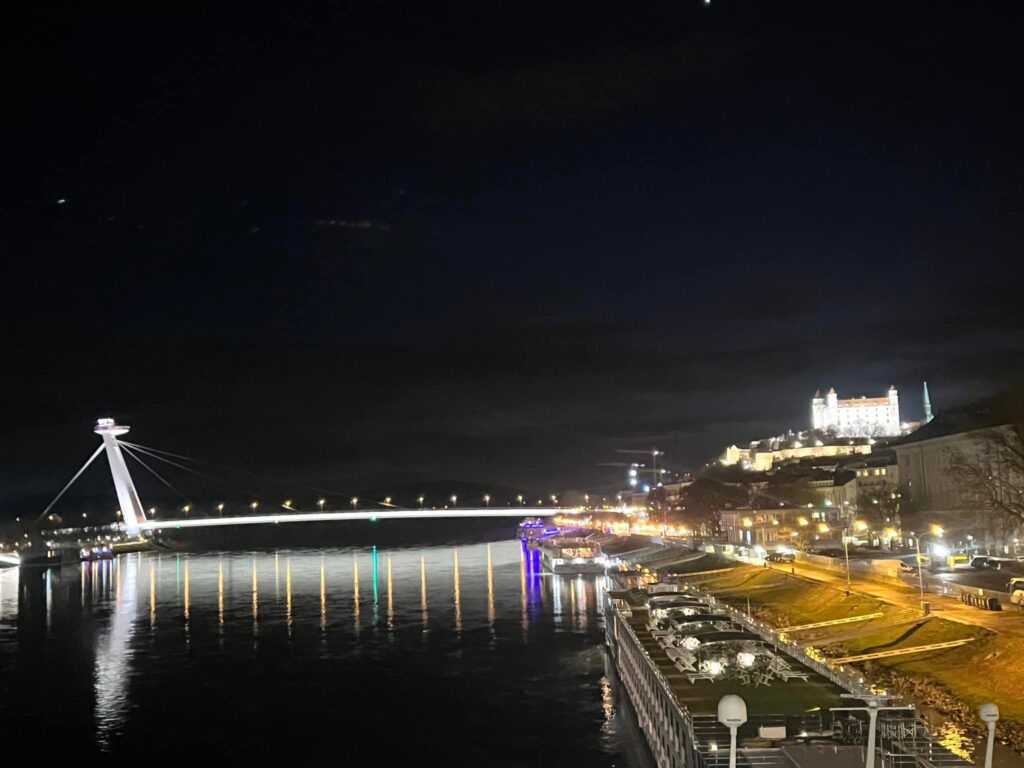
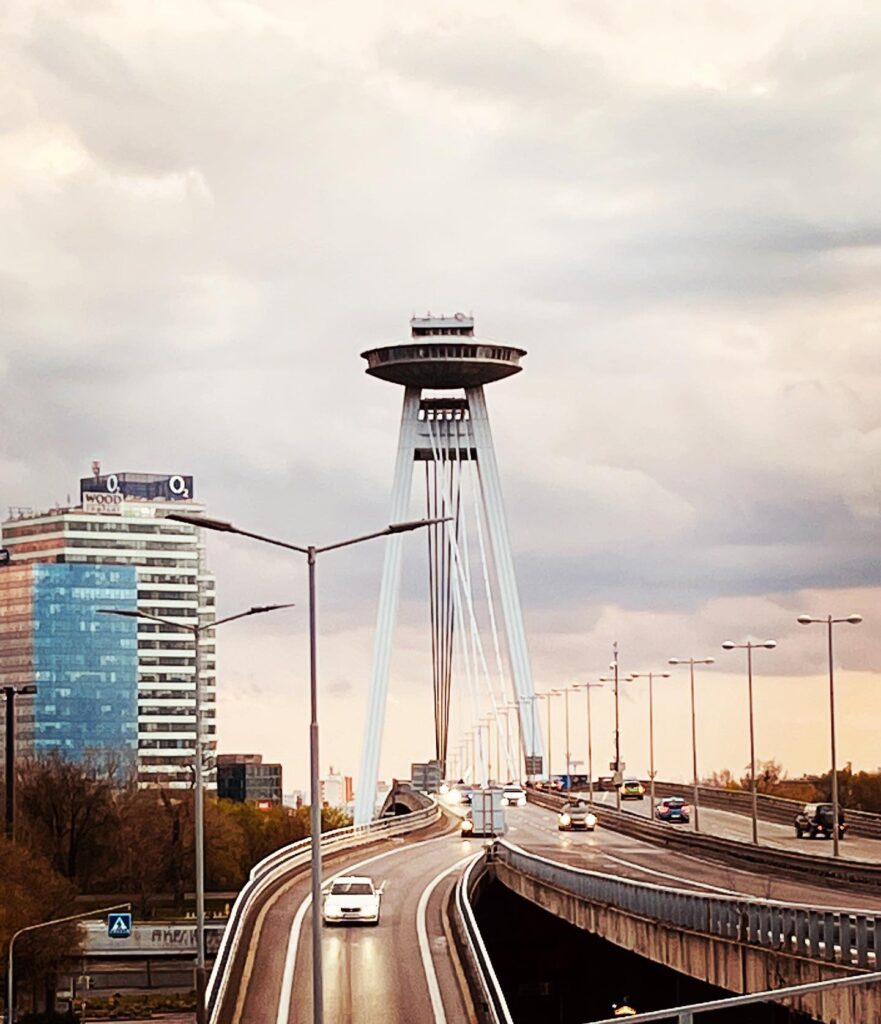
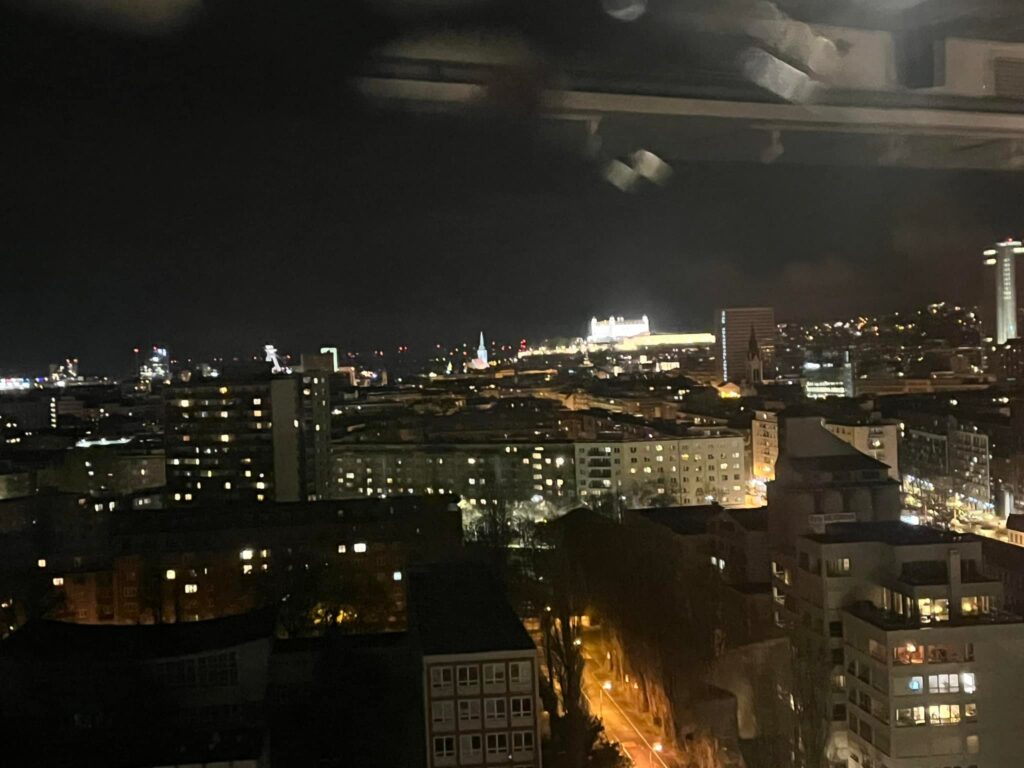
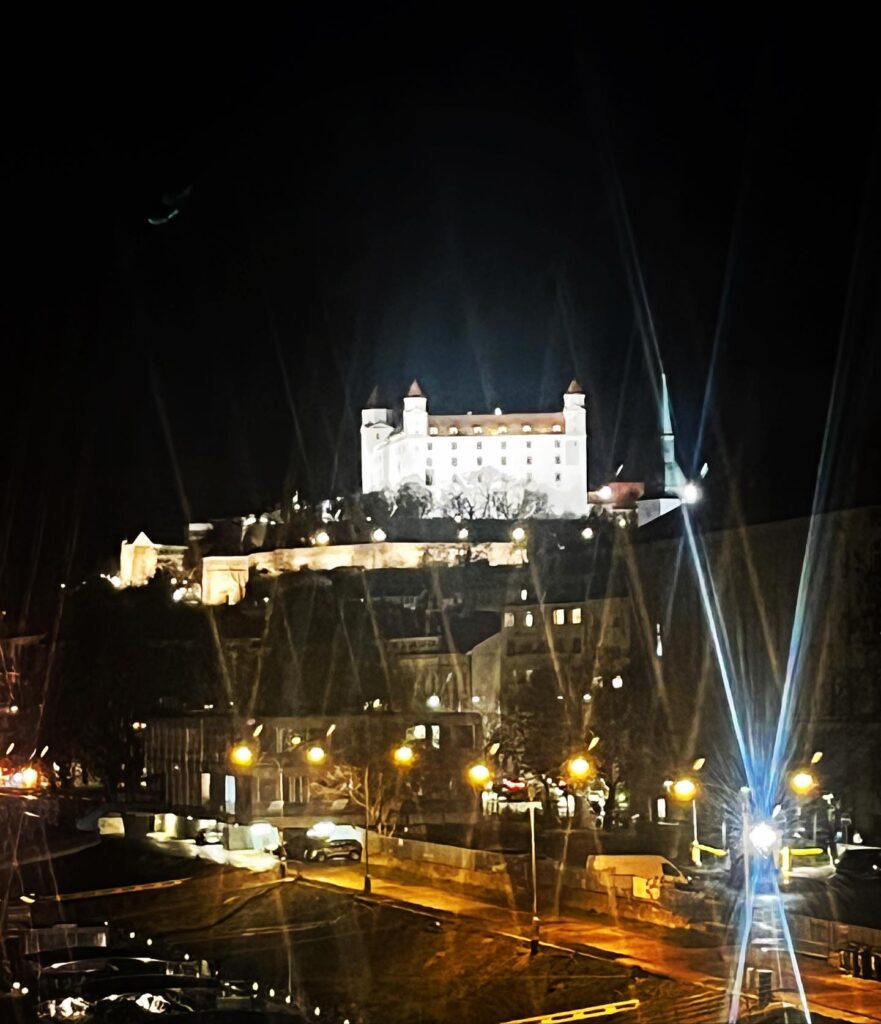
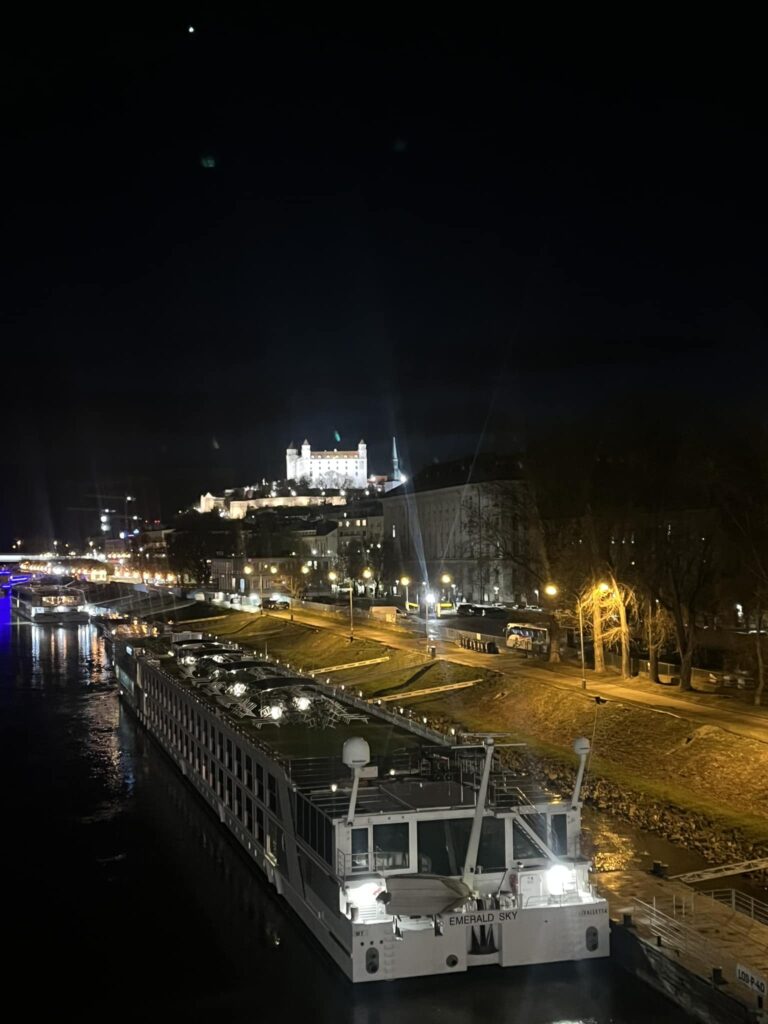
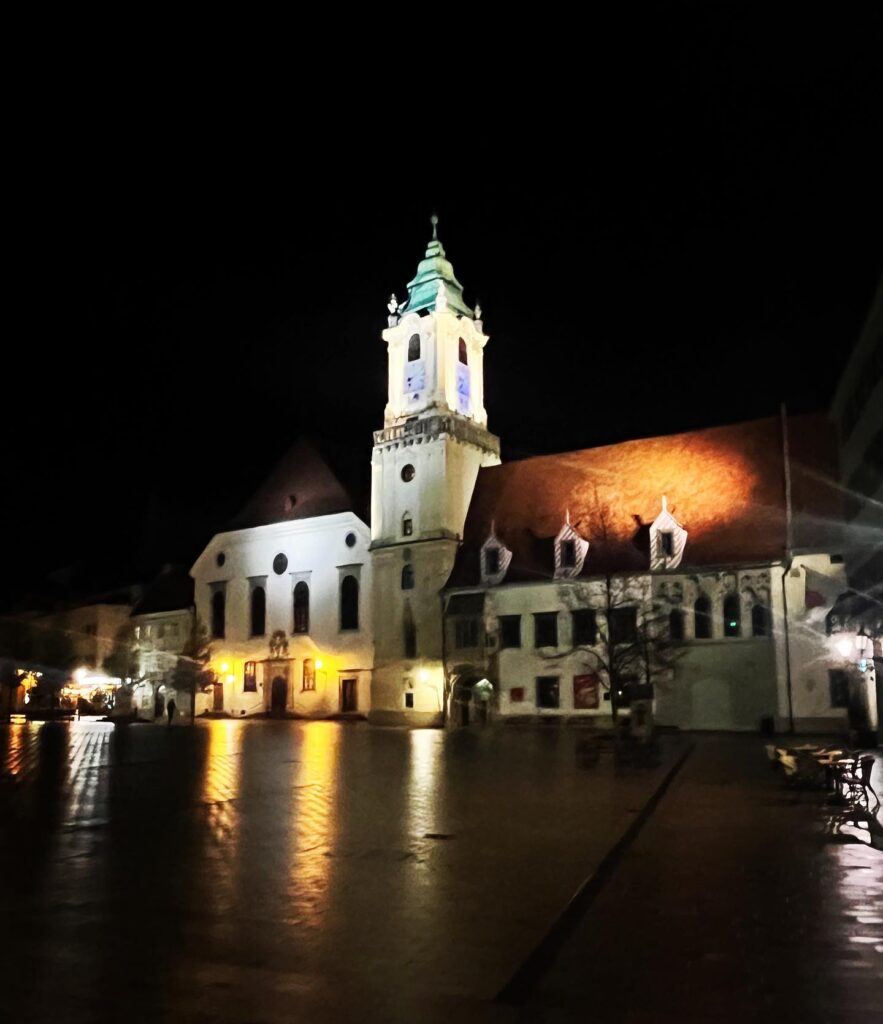
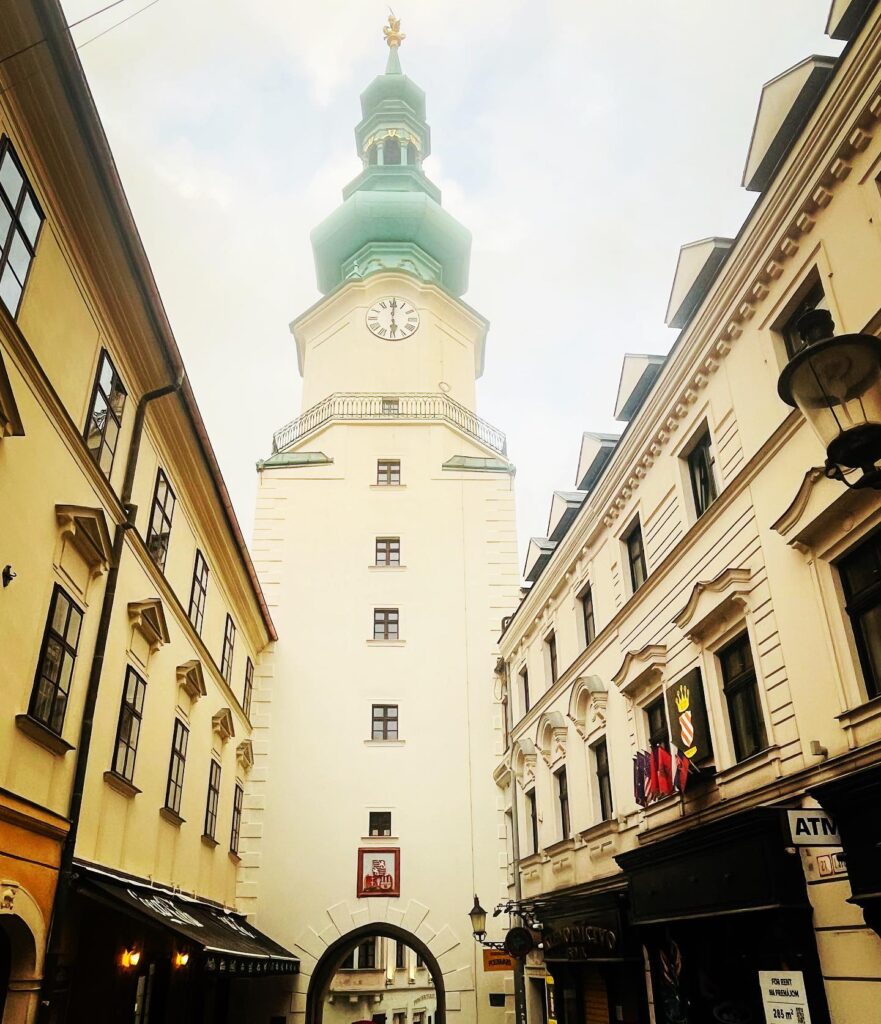
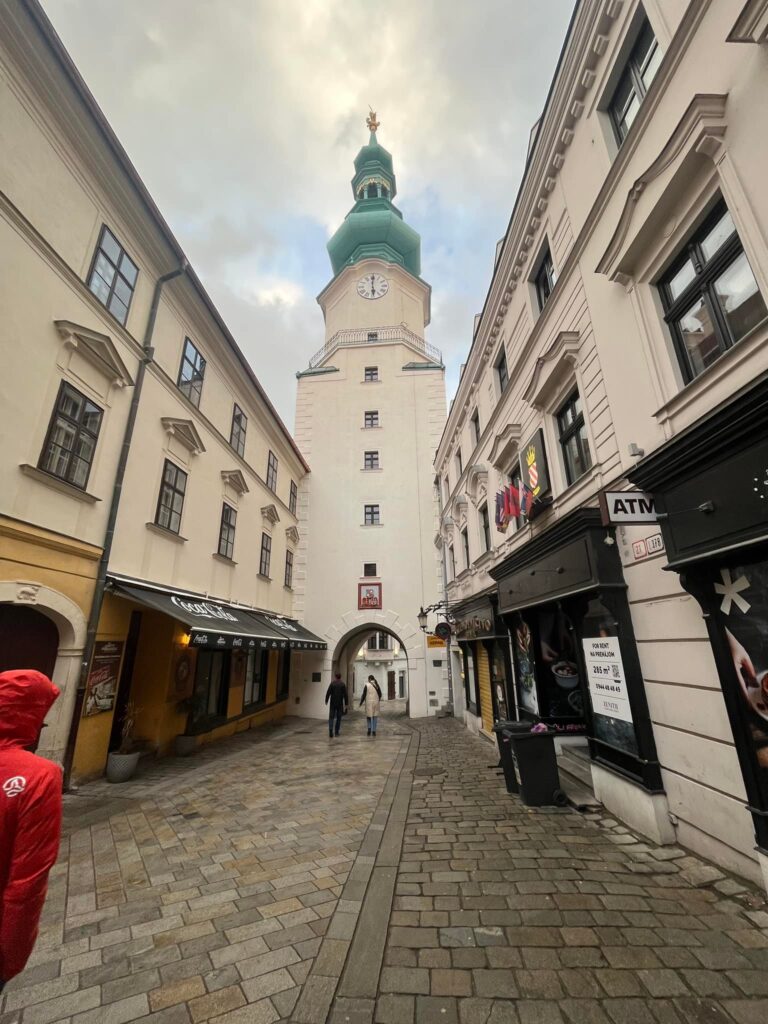
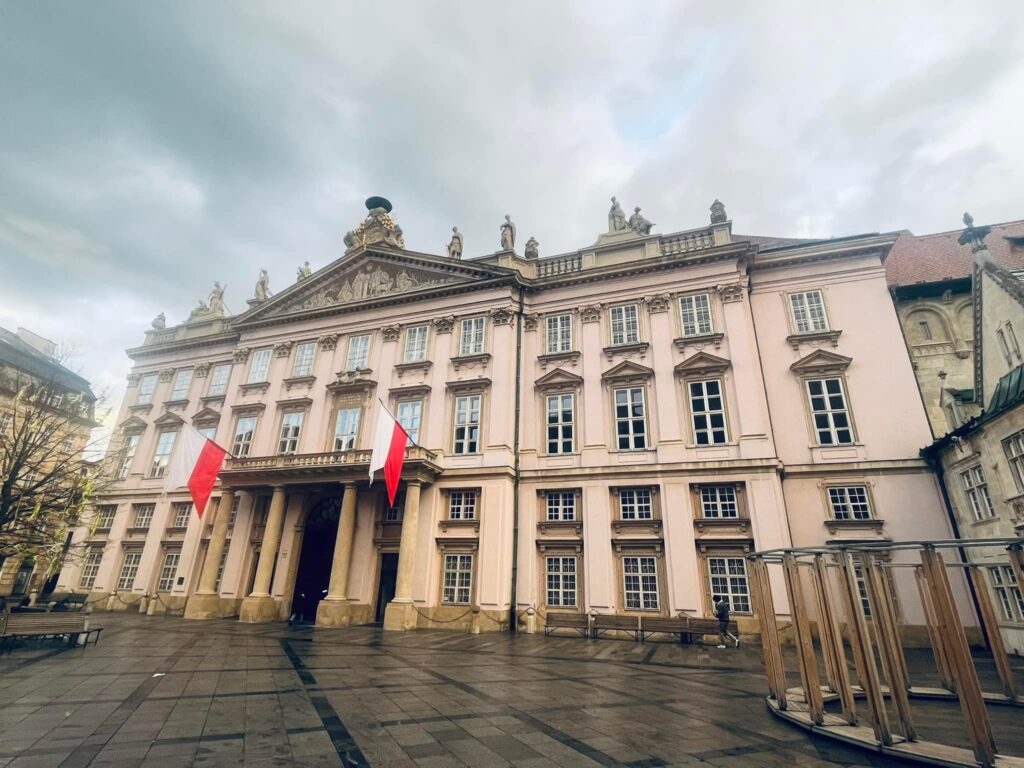
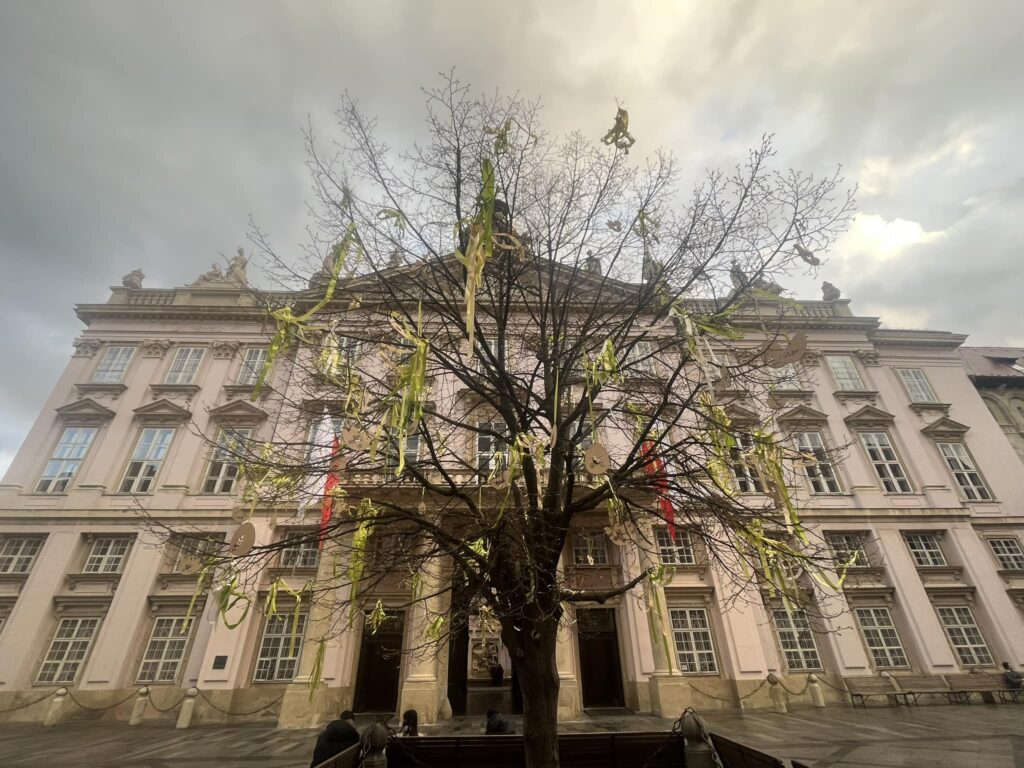
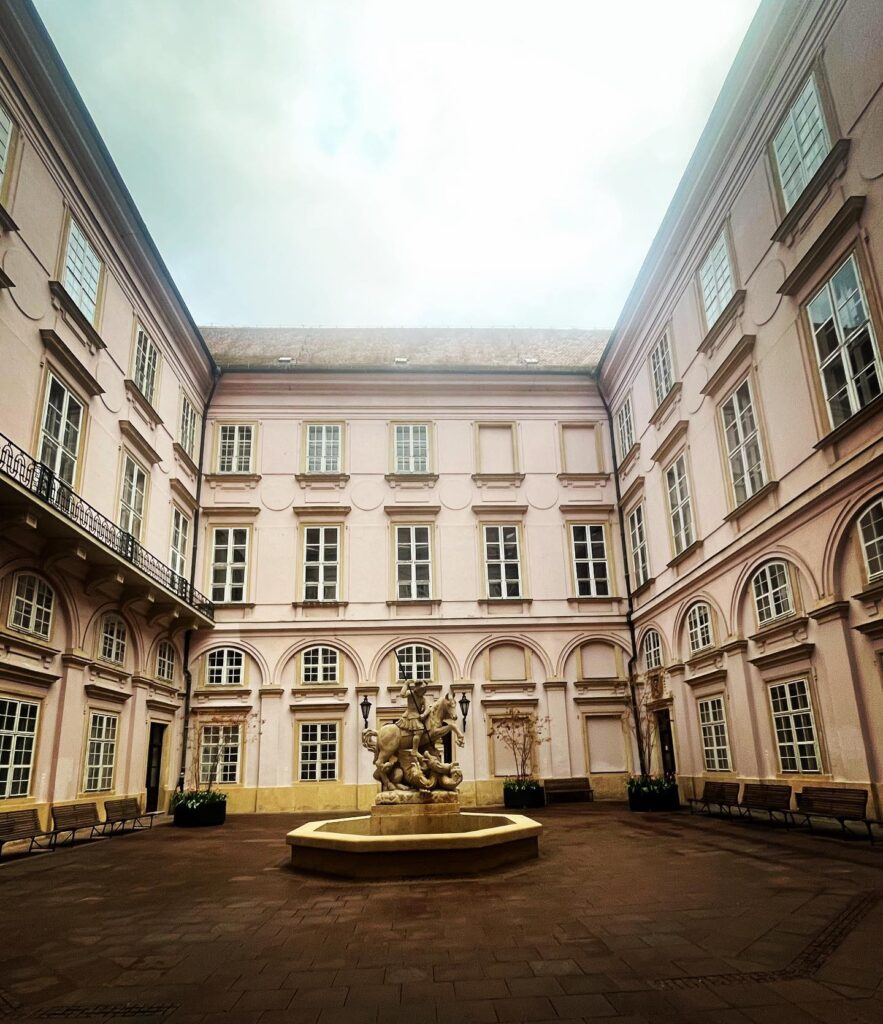
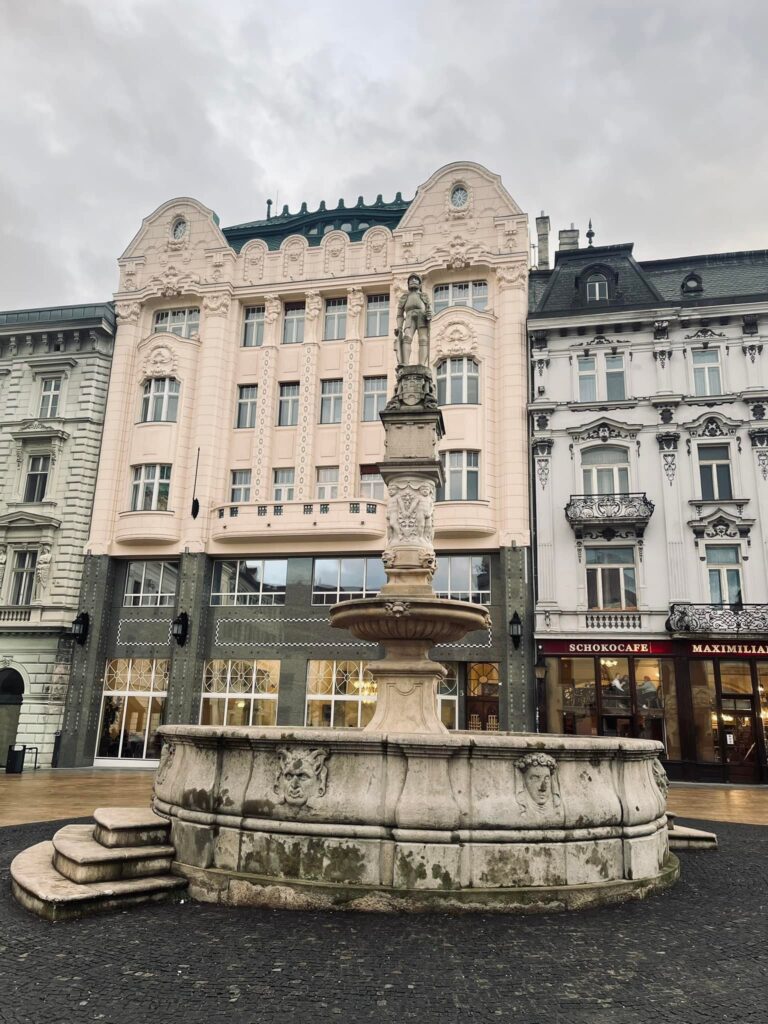
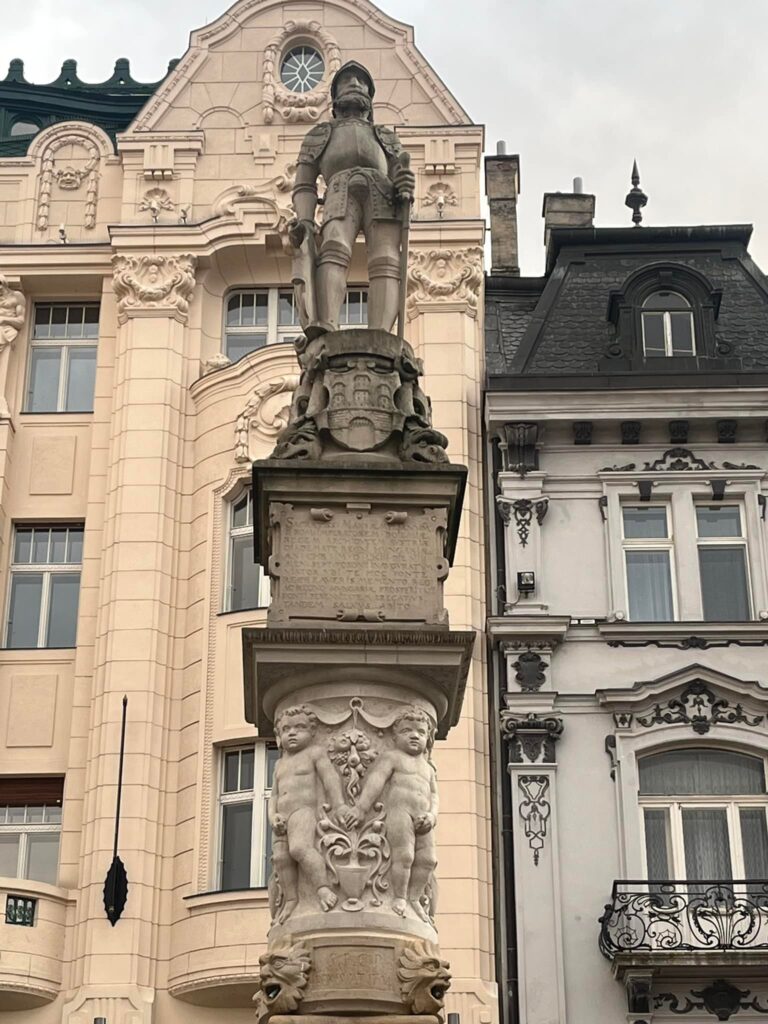
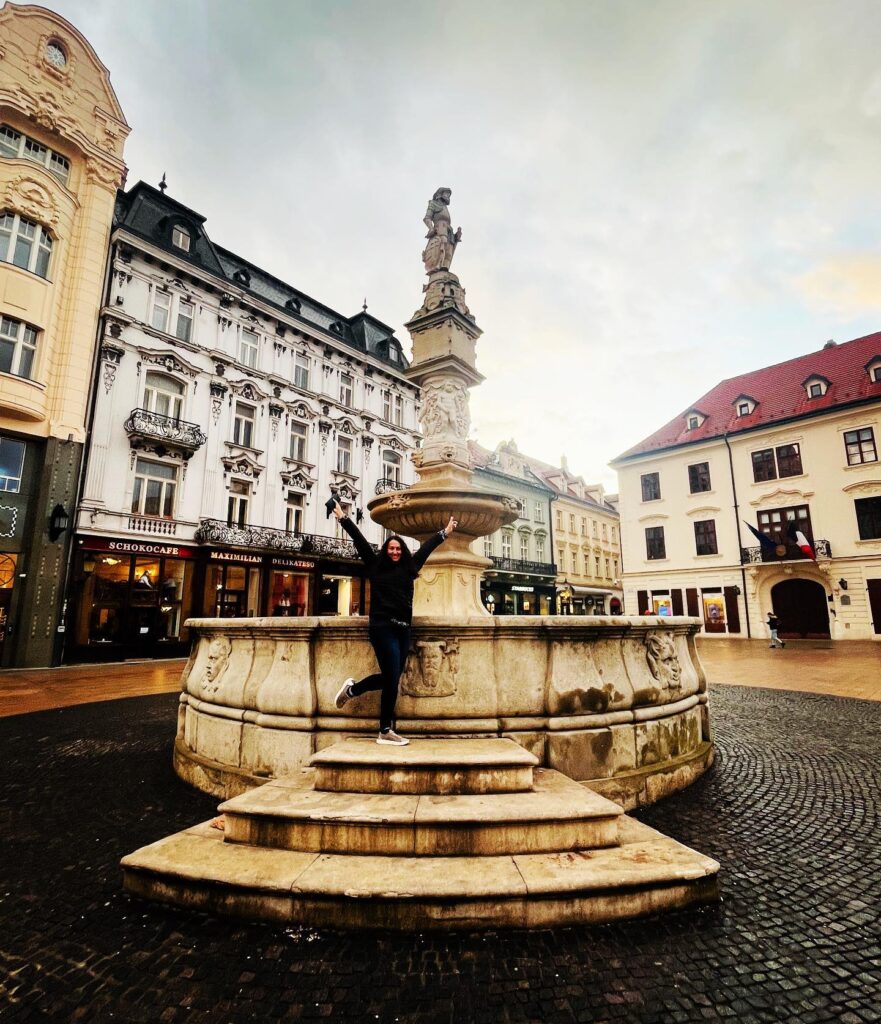
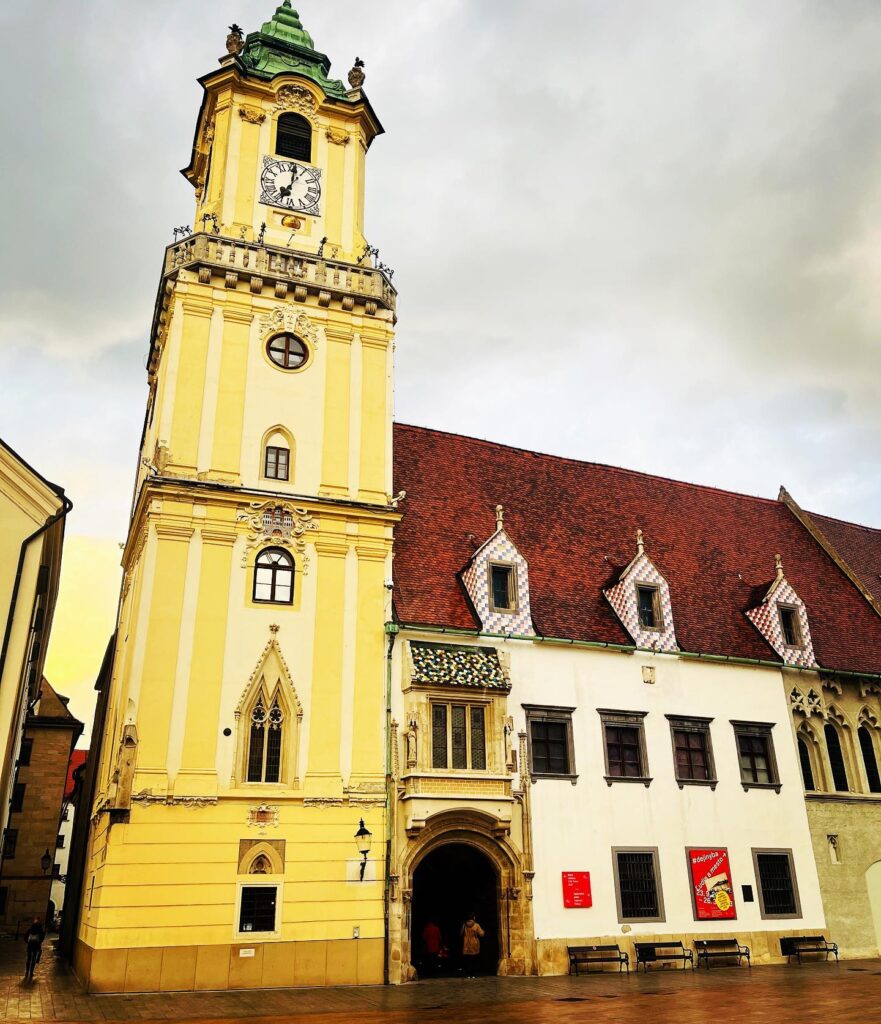
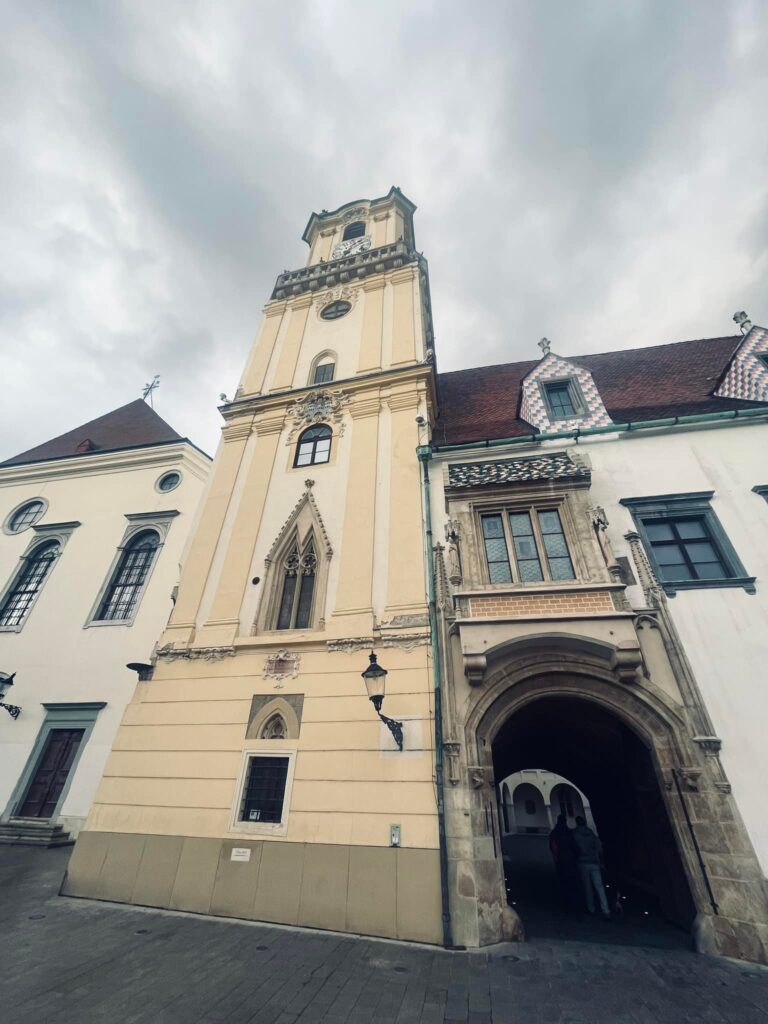
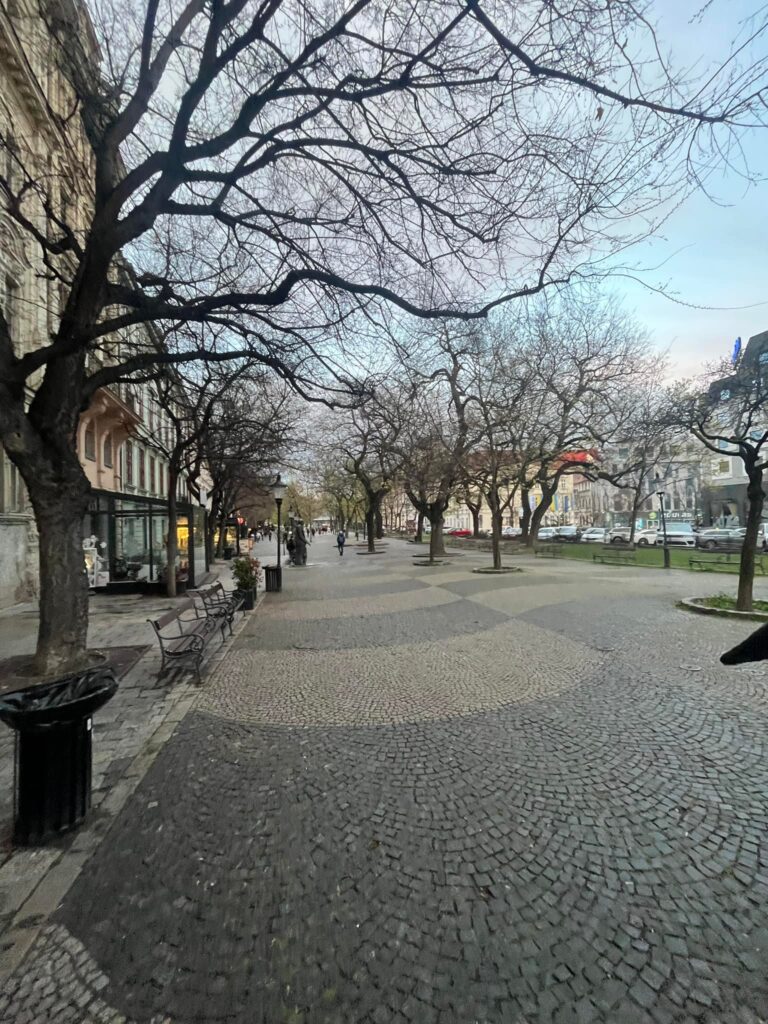
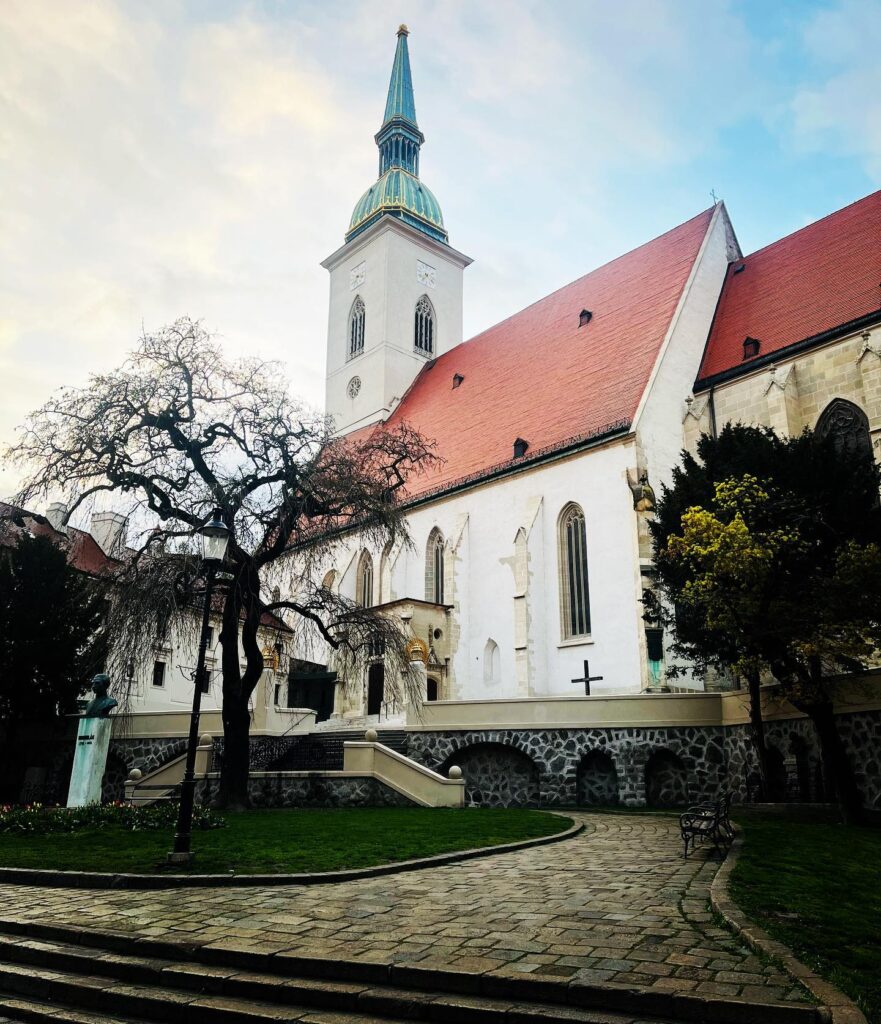
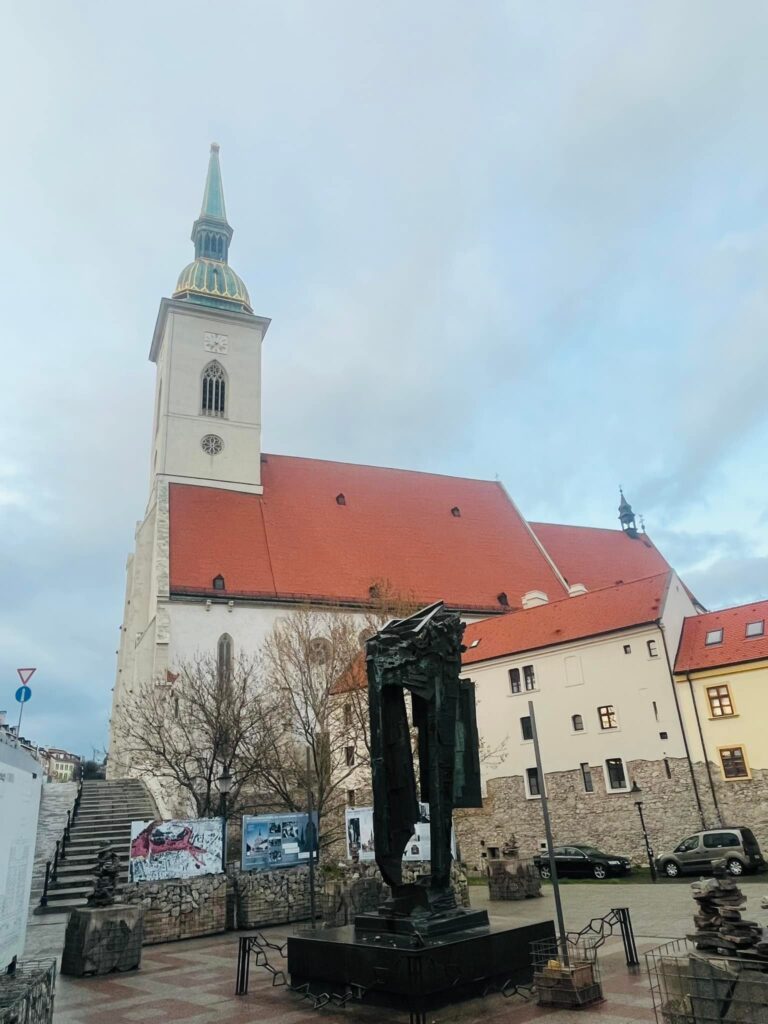
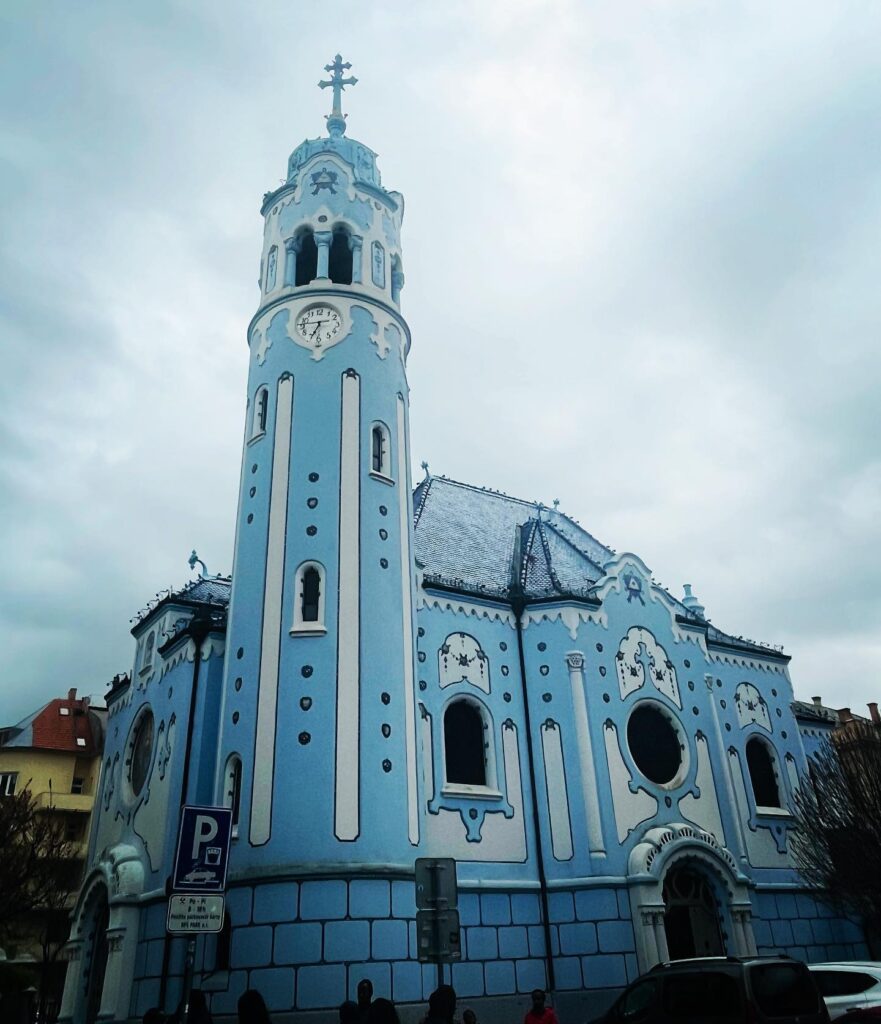
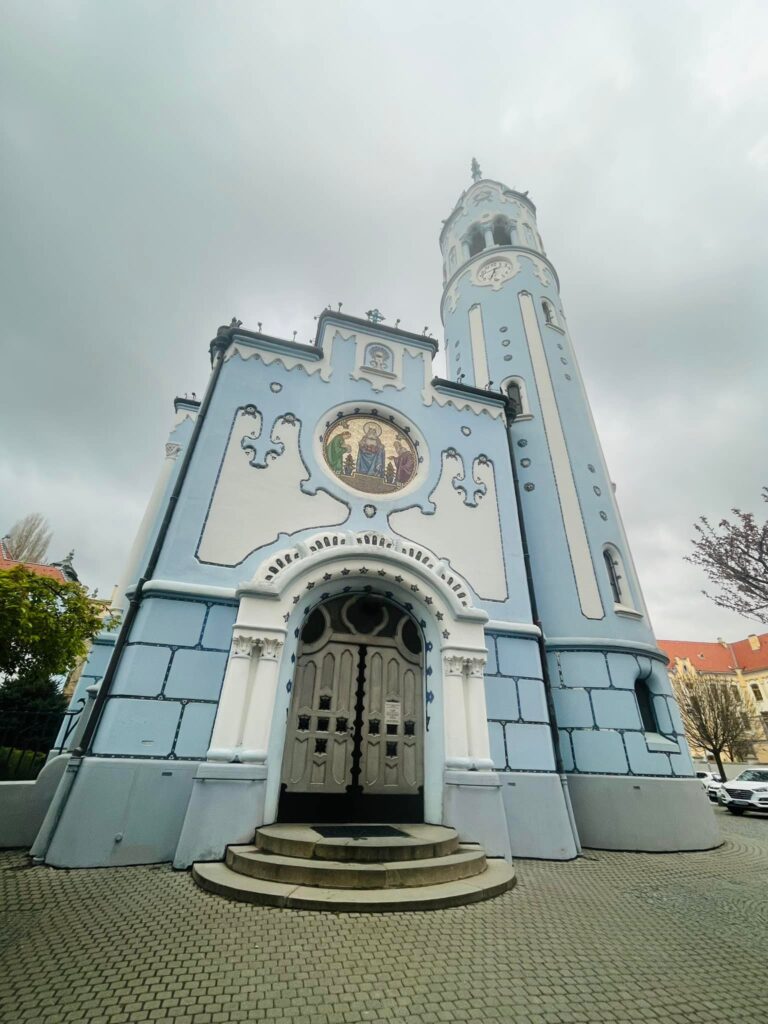
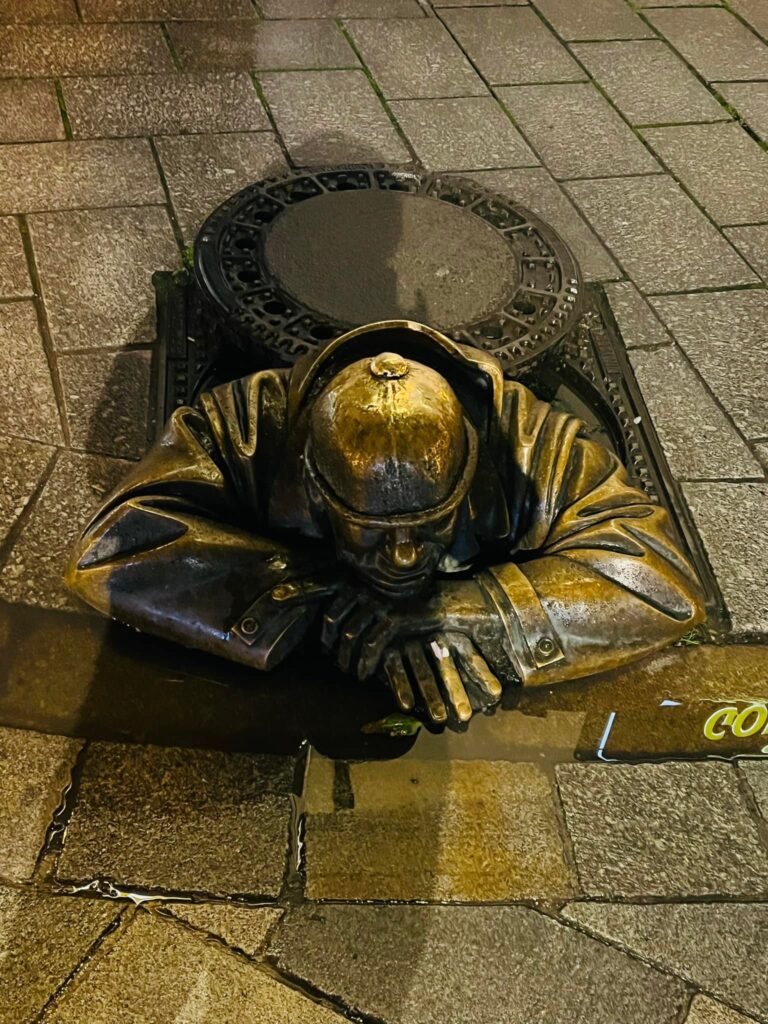
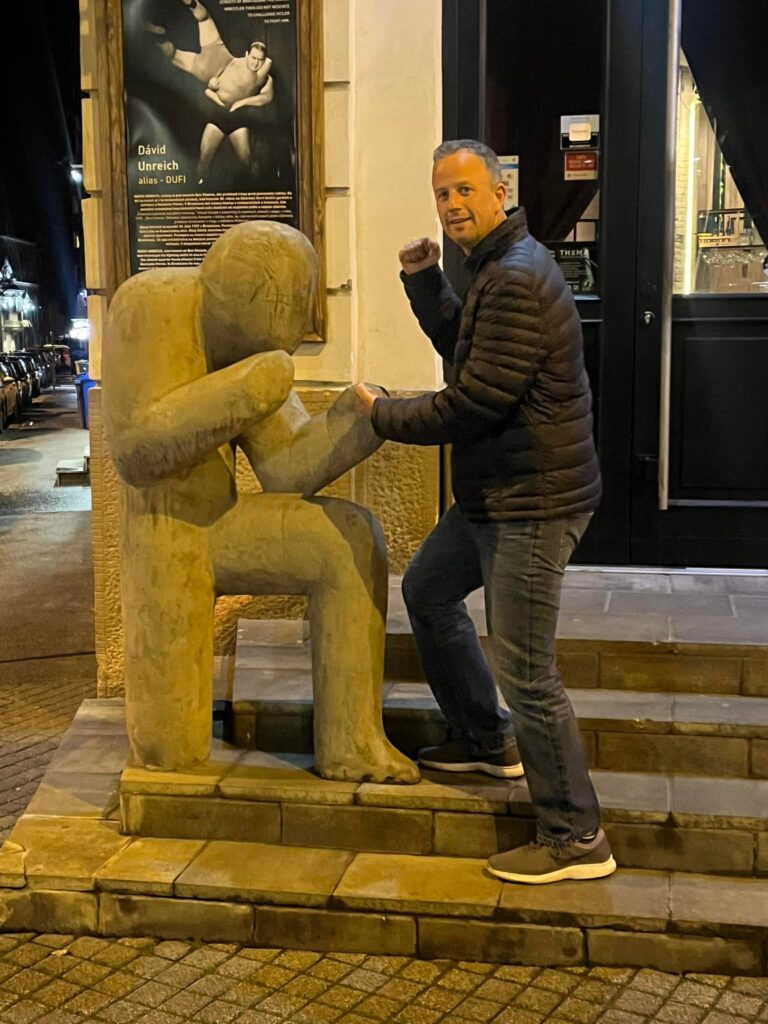
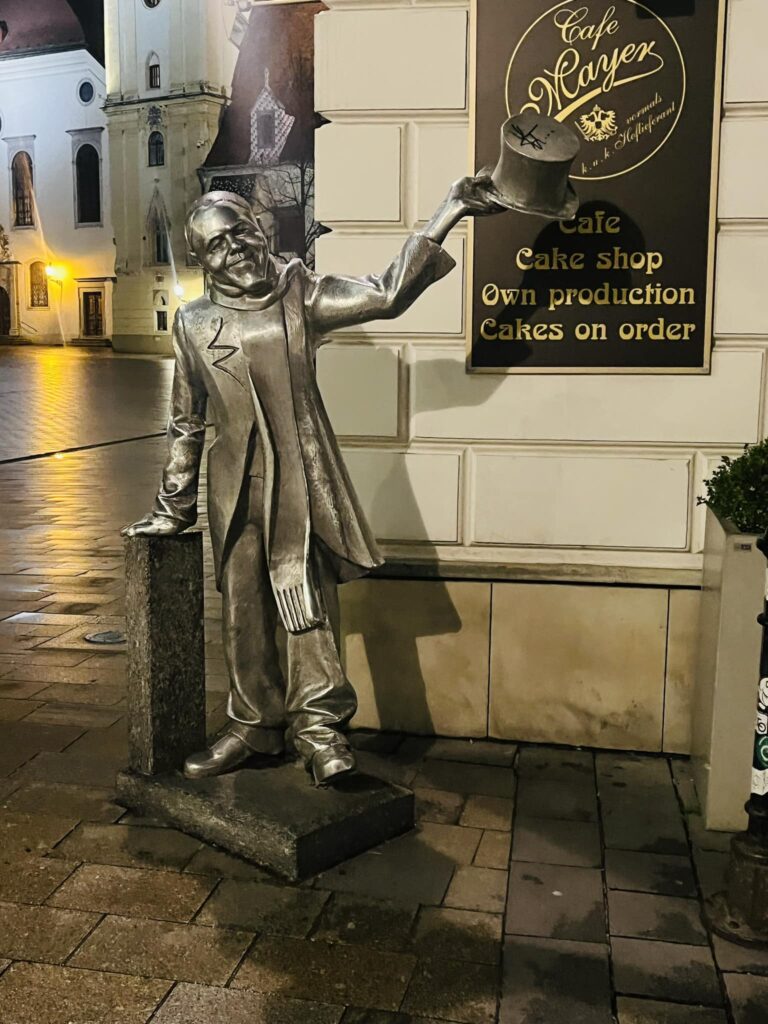
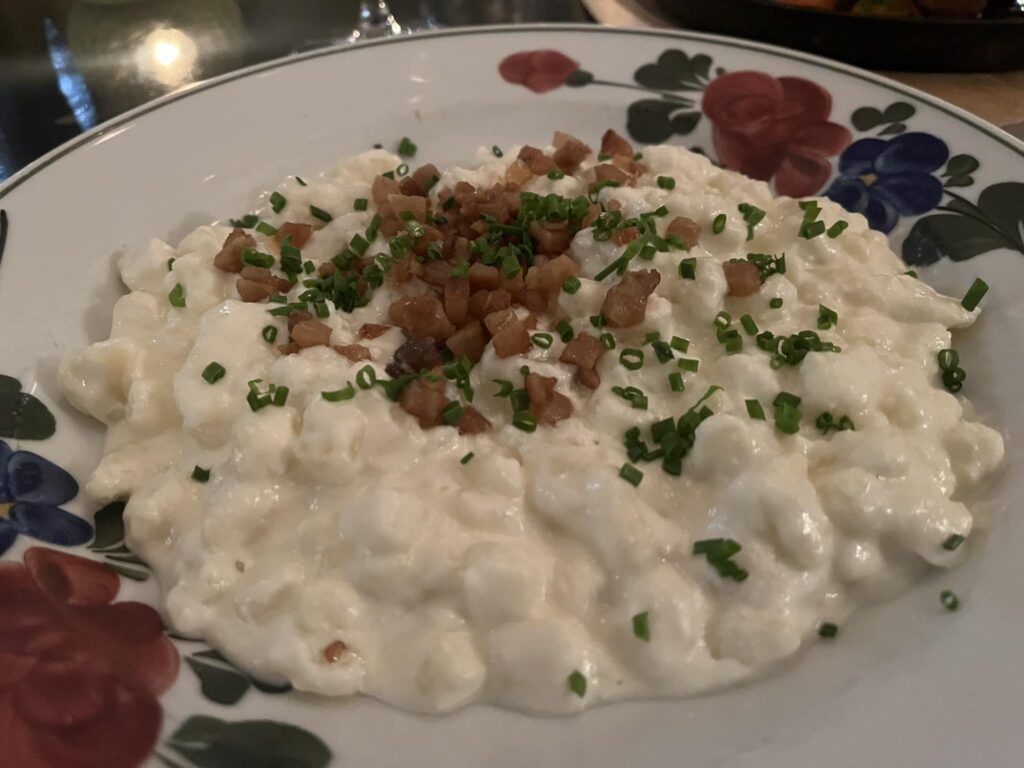
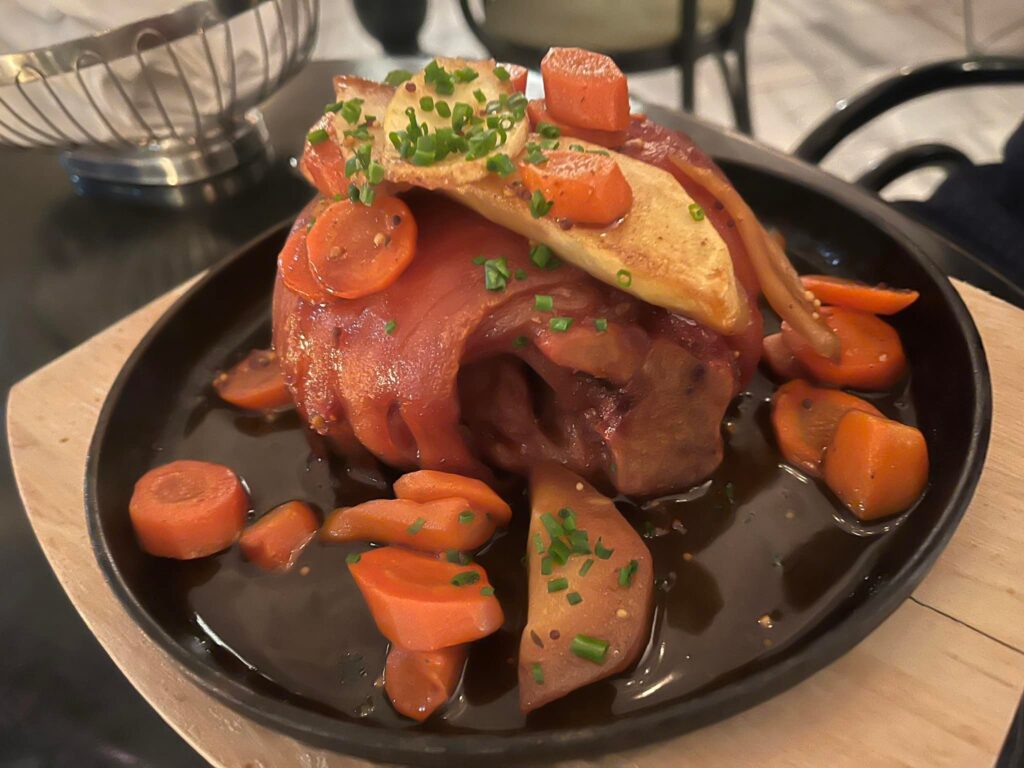
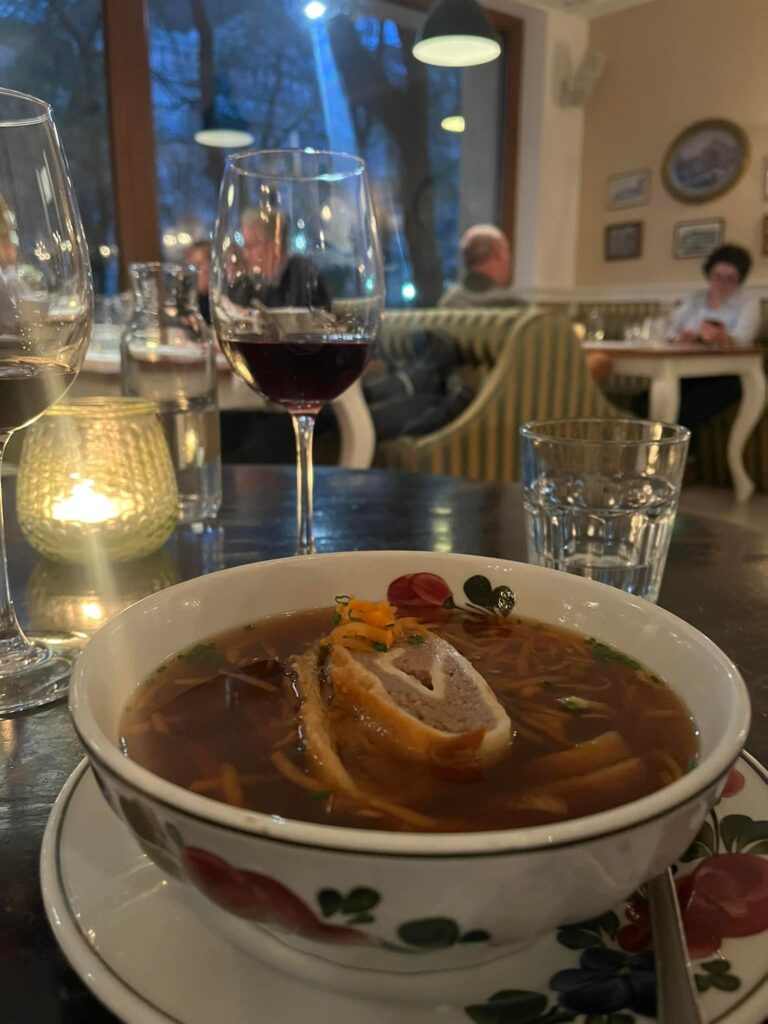
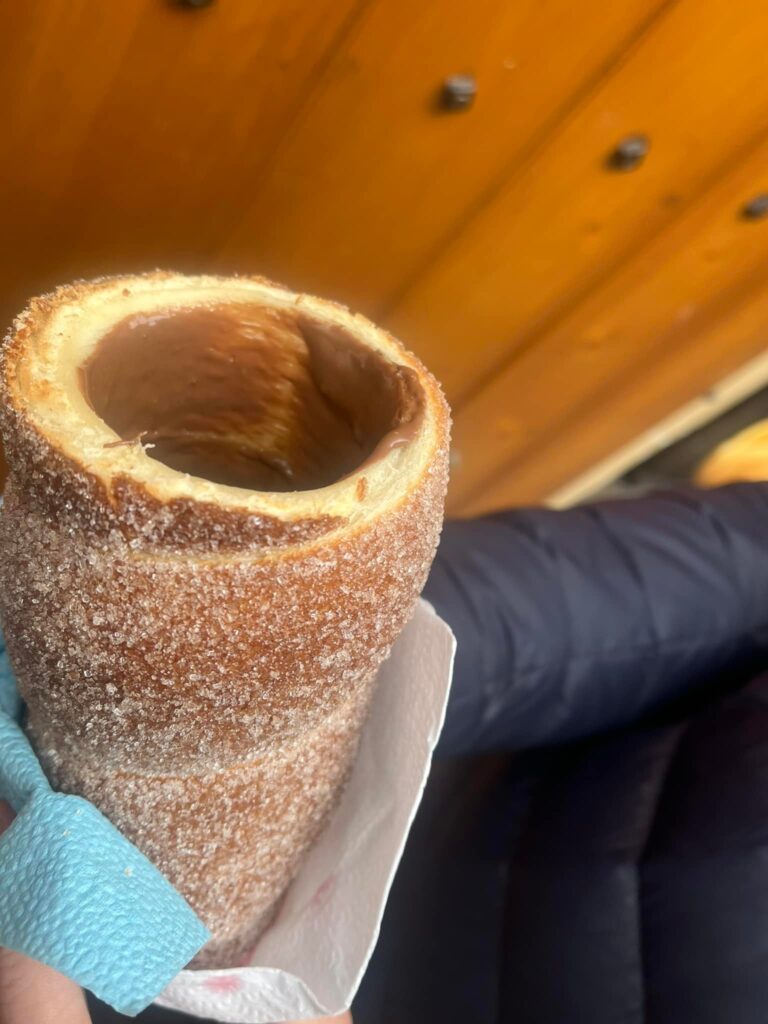



Leave a Reply